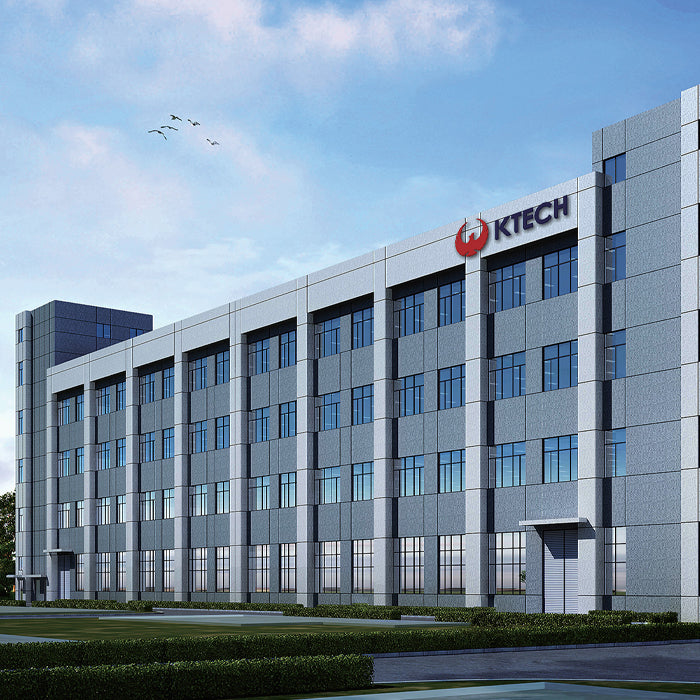- All
- Installation Stage Issues:
- Technical Issues During Use:
- Environmental and Hardware Issues:
- Maintenance and Operation Issues:
- Special Scenario Issues:
Need Help?
If you have an issue or question that requires immediate assistance, you can click the button below to chat live with a Customer Service representative.
If we aren’t available, drop us an email and we will get back to you within 20-36 hours!
Installation Stage Issues:
If the MPPT input voltage range is lower than the maximum open-circuit voltage of the PV modules (especially at low temperatures), it may cause equipment damage;
Choose an MPPT controller with an input voltage range that covers the maximum open-circuit voltage of the PV modules at extreme low temperatures, and leave at least 10%-20% voltage margin。
Reverse polarity or poor grounding can cause short circuits or equipment failure.
Wire according to polarity markings during installation, use a grounding resistance tester to ensure reliable grounding, and install anti-reverse connection protection circuits.
Choose a suitable model based on the maximum power of the PV array and the open-circuit voltage under extreme temperatures, leaving a 10%-20% power margin.
Installing in a confined space can lead to poor heat dissipation, sunlight exposure can accelerate aging, and a humid environment can cause circuit corrosion.
Choose a well-ventilated, cool and dry location, away from flammable materials, and ensure at least 50cm of space around for heat dissipation.
Technical Issues During Use:
Environmental and Hardware Issues:
Maintenance and Operation Issues:
Special Scenario Issues:
The inverter and battery voltage/charge-discharge curves are not compatible, leading to overcharging or undervoltage protection.
Choose an inverter that supports the battery type (such as lithium-ion/lead-acid), and control it in conjunction with the BMS.
When running in parallel, different phase synchronization or uneven power distribution can lead to system oscillation.
Use master-slave mode or integrated synchronous controllers to ensure communication and coordination among parallel equipment.


